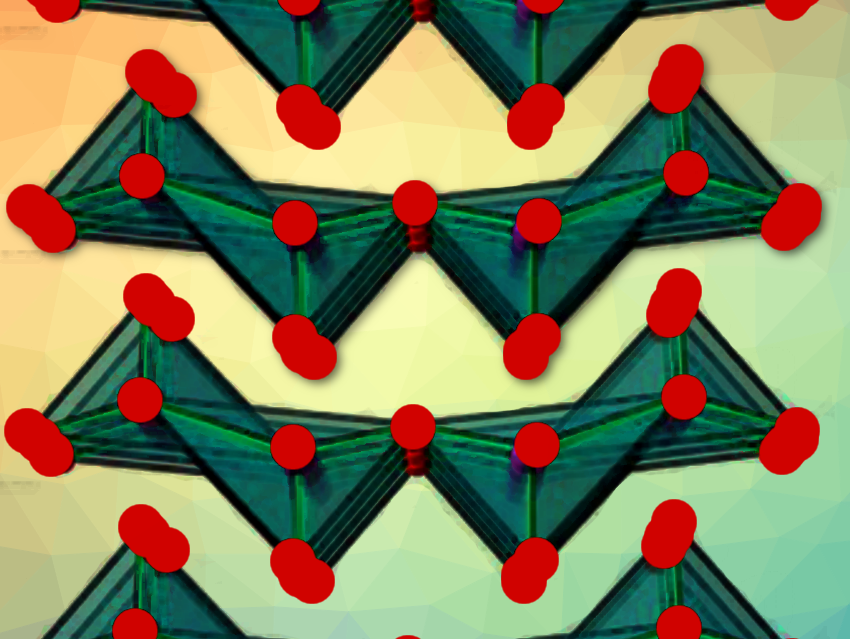High capacity electrode materials are essential for lithium-ion batteries. In theory, layered vanadium pentoxide (α-V2O5) as a cathode material has a very high specific capacity, but its practical use has been limited until now. A layer consists of threads of VO5 square pyramids connected at two edges, with only weak interactions between the layers. When used in a battery, lithium-ions occupy interstitial sites in the structure. The material undergoes several phase transitions during this process and finally reacts irreversibly to another compound. This leads to poor cycling stability.
WenWu Zhong, Taizhou University, China, Shuquan Liang, Jun Liu, Central South University, Changsha, China, and Jun Liu, Pacific Northwest National Laboratory, Richland, Washington, USA, and colleagues have developed Li0.0625V2O5 nanobelts with increased stability. First, the researchers made α-V2O5 nanobelts (NBs) from commercial V2O5 powder via a hydrothermal route. The V2O5-NB slurry was then treated with LiCl in a secondary hydrothermal step. The structure, morphology, and the electrochemical properties of this nanomaterial were analysed.
X-ray powder diffraction (XRD) measurements revealed that a lithium-ordered superstructure of α-V2O5 with the formula Li0.0625V2O5 had formed. Eight α-V2O5 unit cells form this superstructure, with only one unit cell carrying a single interstitial lithium-ion. Cyclic voltammetry showed the ordinary peaks of lithium-insertion and additionally, two new pairs of reversible pseudocapacitive S-peaks. This means a bigger lithium-storage capacity.
In fact, the Li0.0625V2O5 NBs have a very high specific capacity up to 215 mAh g–1 and a high cycling capacity with no capacity fade after 1000 cycles at 1 C. The new material moreover shows a rate capability with a high specific capacity of 140 mAh g–1 at 20 C. According to the researchers, future battery research could benefit a lot from the improved stability and high power of this material.
- New Prelithiated V2O5 Superstructure for Lithium-Ion Batteries with Long Cycle Life and High Power,
WenWu Zhong, Jingdong Huang, Shuquan Liang, Jun Liu, Yejing Li, Gemei Cai, Yong Jiang, Jun Liu,
ACS Energy Letters 2019, 5, 31–38.
https://doi.org/10.1021/acsenergylett.9b02048


